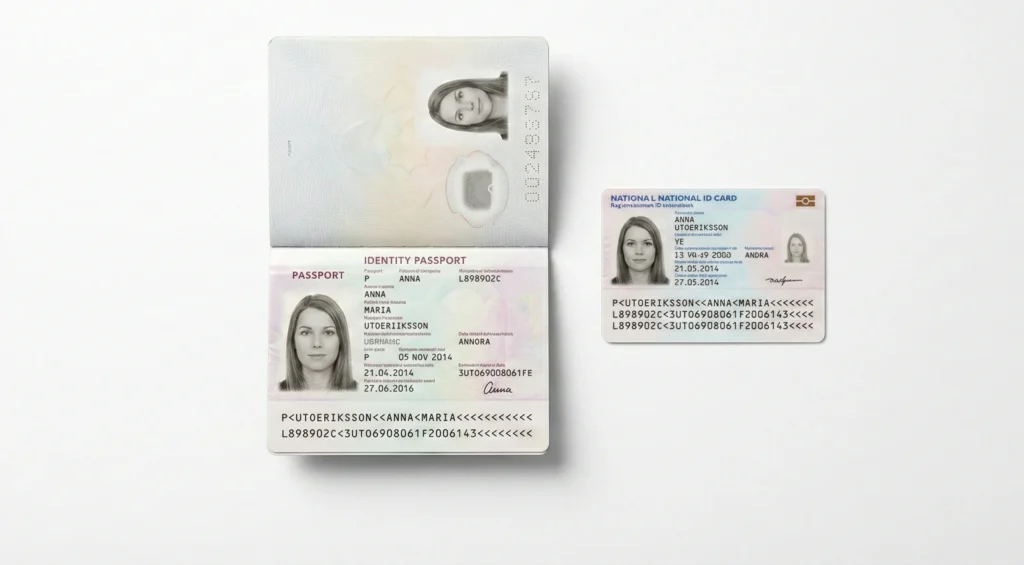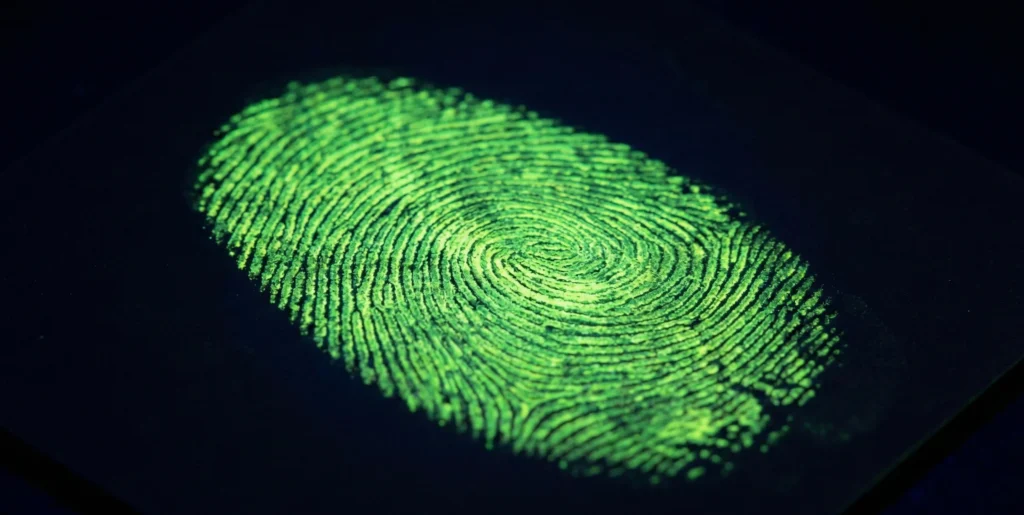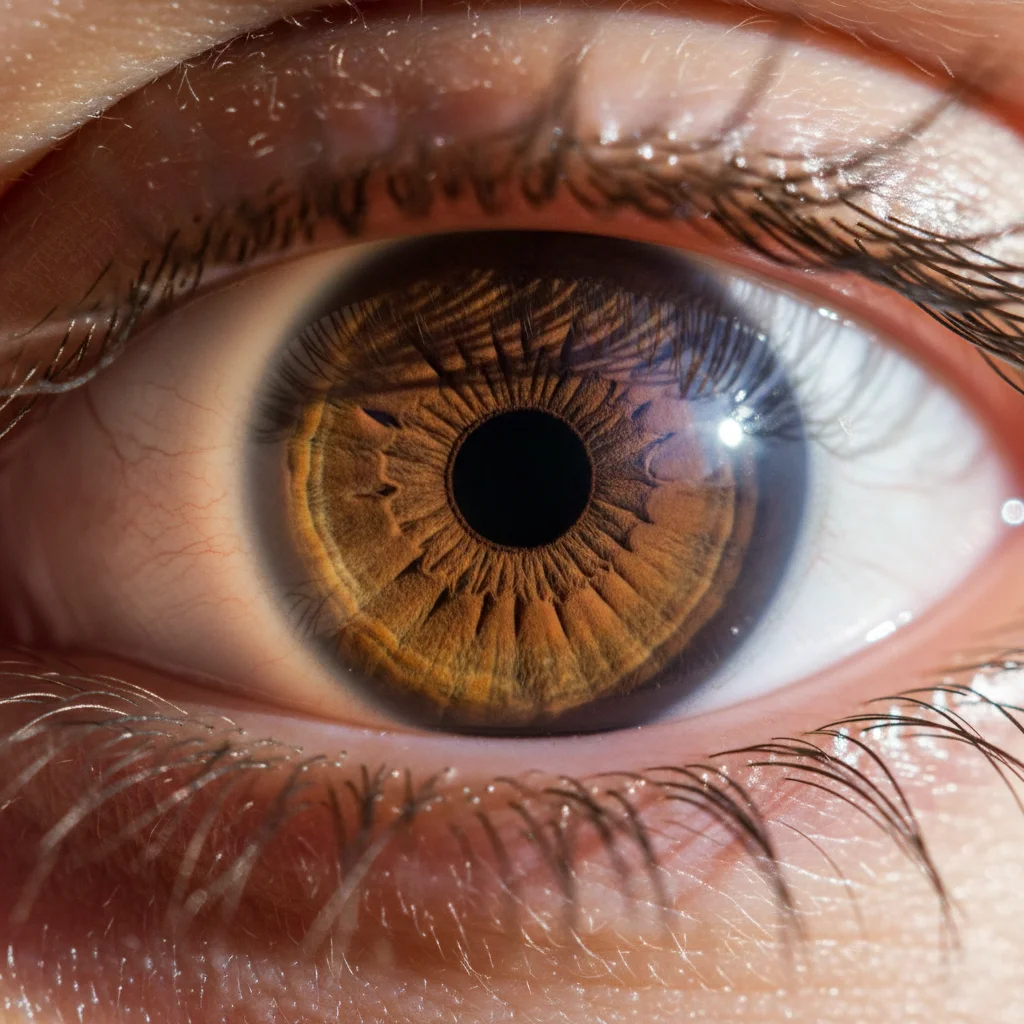Biometric technologies have transformed the way we authenticate and identify people in both public and private sectors. Unlike traditional methods such as passwords or ID cards—which can be lost, stolen, or forged—biometrics rely on our unique physical and behavioral traits. Among the many biometric identifiers available today (fingerprints, voice, facial patterns), the iris of the human eye stands out as one of the most reliable.
Iris recognition software leverages the unique, highly stable patterns of the iris to accurately identify or verify individuals. It is used in border management, law enforcement, enterprise security, mobile authentication, and healthcare. According to a report by MarketsandMarkets, the global iris recognition market is projected to grow from $3.1 billion in 2023 to $8.4 billion by 2028, at a CAGR of 22%, making it one of the fastest-growing biometric modalities.
This blog will explore what iris recognition software is, how it works, its history, advantages and disadvantages, use cases, and the leading solutions available today.
What is Iris Recognition?

The iris is a colored, ring-shaped muscle in the eye that controls pupil size. In the 1980s, ophthalmologists confirmed that iris patterns are unique to each individual and remain remarkably stable over a lifetime. These findings laid the foundation for iris recognition technology, which emerged in the 1990s as a powerful biometric tool for identity verification.
By the mid-1990s, the first commercial iris recognition systems became available. When the original broad patent expired in 2005, the technology opened up to a much larger market, leading to rapid adoption across government and private sectors.
It’s important not to confuse iris recognition with retina recognition. While iris recognition analyzes the unique patterns on the iris surface, retina recognition maps the blood vessel arrangement at the back of the eye. The latter is more invasive, less comfortable, and less widely used today.
The Iris Scanning Process
Iris recognition enrollment and authentication involve a sequence of highly controlled steps.
1. Image Capture
-
A high-quality image of the individual’s left and right iris is captured using a specialized iris camera.
-
Cameras rely on near-infrared (NIR) sensors, which illuminate the eye without discomfort and highlight intricate iris patterns invisible to the naked eye.
-
Using visible light (VIS) reduces accuracy and may cause pupil contraction or glare. A Michigan State University study showed that iris recognition accuracy drops by up to 60% when visible light is used instead of NIR.
2. Compliance Check and Image Enhancement
Captured images undergo quality and compliance checks to ensure usability. Factors analyzed include:
-
Sharpness of the iris pattern.
-
Gray-level spread (contrast).
-
Iris-sclera and iris-pupil contrast.
-
Pupil dilation level.
-
Presence of eyelashes or eyelid occlusion.
Only images that pass these checks are segmented and stored as biometric templates.
3. Image Compression
Templates are compressed using JPEG 2000, which preserves image quality and minimizes distortions. Unlike standard compression methods, JPEG 2000 avoids artifacts that could affect recognition accuracy.
4. Biometric Template Creation and Matching
-
High-quality iris images are converted into digital templates.
-
During authentication:
-
One-to-One Verification: A live scan is compared against a single enrolled template. Example: Unlocking a secure workstation.
-
One-to-Many Identification: A live scan is matched against a large database to determine identity. Example: Border management systems.
-
Advantages of Iris Recognition
Iris biometrics offer several advantages over other identification methods:
-
Non-Contact & Hygienic
Unlike fingerprint scanning, no physical contact is needed, making iris recognition sanitary and suitable for high-volume use cases. -
High Accuracy
-
Error rates are extremely low. NIST (National Institute of Standards and Technology) tests show iris recognition can achieve false match rates below 0.0001% in controlled conditions.
-
Accuracy is maintained even with identical twins, unlike facial recognition.
-
Stability Over Time
The iris is protected by the cornea and remains stable over decades. Unlike fingerprints (which may wear down) or facial features (which change with age), iris patterns remain consistent. -
Difficult to Forge
The intricate details of the iris make it resistant to spoofing. Combined with liveness detection, iris recognition is one of the hardest biometrics to fake. -
Can Work at a Distance
With advanced optics, iris recognition can be performed from 1–2 meters away, enabling faster throughput in high-traffic areas like airports.
Disadvantages of Iris Recognition
Despite its strengths, iris recognition has certain challenges:
-
Specialized Hardware Required
Ordinary cameras cannot capture usable iris patterns. Dedicated NIR-enabled cameras are essential, which increases deployment costs. -
Close Proximity Concerns
While some systems work at a distance, most require the subject to stand relatively close to the camera, which can feel intrusive or uncomfortable. -
No Latent Evidence for Forensics
Unlike fingerprints, irises don’t leave behind latent evidence at crime scenes, limiting forensic applications. -
Environmental Limitations
Bright sunlight and reflections may interfere with accurate image capture, though modern cameras mitigate this issue.
Use Cases of Iris Recognition
Iris recognition has moved far beyond labs into real-world deployments across industries.
1. National ID Programs
-
India’s Aadhaar program is the largest biometric ID system globally, covering 1.3+ billion citizens, using fingerprints, facial, and iris biometrics.
-
Iris recognition ensures deduplication and fraud prevention in large-scale citizen databases.
2. Physical Access Control
-
Enterprises and government facilities use iris recognition to control entry into secure zones.
-
Unlike badges or PINs, iris biometrics cannot be stolen or shared.
3. Border Management & Immigration
-
Countries like the UAE and U.S. deploy iris recognition at border checkpoints for fast, reliable traveler verification.
-
Dubai International Airport, for instance, uses iris biometrics for seamless passenger clearance.
4. Defense & Intelligence
-
Iris recognition is widely used in defense programs for soldier verification and detainee management.
-
The U.S. Department of Defense maintains iris databases for national security operations.
5. Enterprise Security
-
Used in corporate offices, data centers, and financial institutions for secure access.
-
Iris authentication integrates with time-and-attendance systems.
6. Mobile Authentication
-
Some smartphones (e.g., Samsung Galaxy S8/S9) incorporated iris scanners with NIR cameras.
-
While not mainstream today, mobile devices are expected to integrate iris scanning more widely in the future as sensors improve.
7. Healthcare
-
Iris recognition helps ensure accurate patient identification.
-
This prevents medical identity theft, which costs U.S. healthcare providers an estimated $41 billion annually (Ponemon Institute, 2022).
Aware, Inc. Iris Recognition Products
Aware, Inc., a leader in biometric technology, offers specialized iris recognition solutions:
-
Nexa|Iris: A powerful SDK providing fast, accurate iris matching algorithms.
-
IrisCheck: Automated quality analysis and compliance assurance for iris image capture.
-
AwareABIS: Integration of iris recognition into a comprehensive multi-modal ABIS platform.
These tools are widely used in law enforcement, border management, enterprise security, and healthcare applications.
Conclusion
Iris recognition software has become a cornerstone of modern biometric security. With unmatched accuracy, long-term stability, and resistance to forgery, it is trusted for high-stakes applications ranging from border management to national ID programs.
While specialized hardware requirements and environmental challenges exist, the benefits outweigh the drawbacks, particularly as technology advances. As the market grows toward $8.4 billion by 2028, iris recognition is expected to play an even larger role in securing identities, preventing fraud, and enabling frictionless access across industries.
FAQs
1. What makes the iris a reliable biometric?
The iris has highly detailed, unique patterns that remain stable over a lifetime, making it extremely reliable for identity verification.
2. How does iris recognition differ from retina recognition?
Iris recognition analyzes surface patterns of the iris, while retina recognition maps blood vessels at the back of the eye. Iris recognition is less invasive and more widely adopted.
3. Is iris recognition safe?
Yes. Iris scanners use near-infrared light, which is harmless and causes no discomfort or pupil contraction.
4. How accurate is iris recognition?
Iris recognition is among the most accurate biometrics, with false match rates as low as 0.0001% in controlled environments.
5. What industries use iris recognition the most?
Government ID programs, border management, defense, enterprise security, and healthcare are the leading adopters.
6. Can iris recognition work on mobile devices?
Yes, smartphones like Samsung Galaxy S8/S9 included iris scanners. Future adoption may increase as sensor technology advances.
7. What are the limitations of iris recognition?
It requires specialized hardware, may cause discomfort due to proximity scanning, and has limited forensic value compared to fingerprints.
Debabrata Behera is a passionate blogger who writes about digital trends, personal growth, and practical insights, helping readers stay informed, inspired, and ready to achieve success in life.




